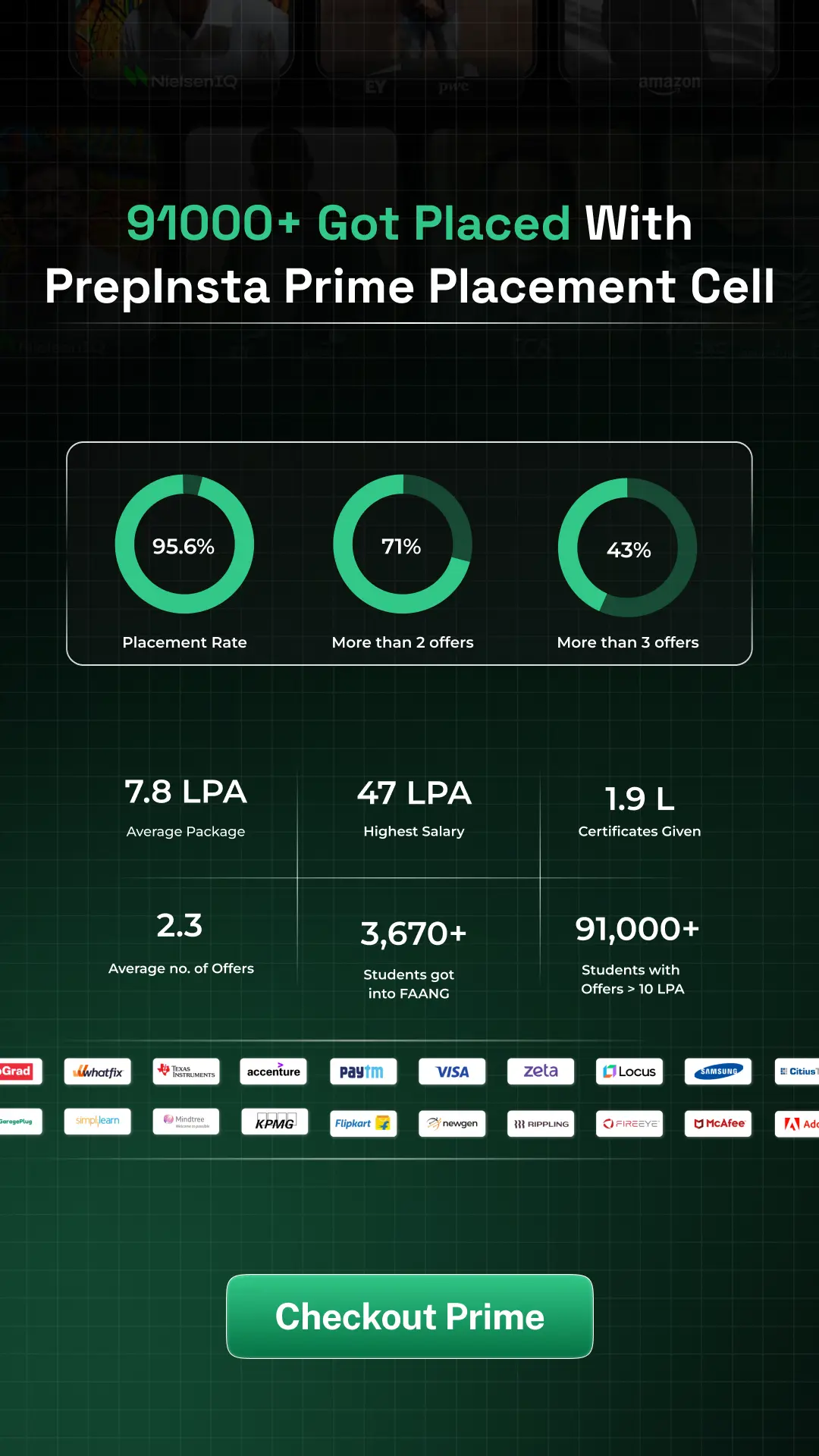
Time:
00:
00:
00The impressive recent growth of certain sectors of the Indian economy is a necessary but insufficient condition for the elimination of extreme poverty.
In order to ensure that the poorest benefit from this growth, and also contribute to it, the expansion and improvement of the microfinance sector should be a national priority. Studies suggest that the impact of microfinance on the poorest is greater than on the poor, and yet another that non-participating members of communities where microfinance operates experience socio-economic gains — suggesting strong spillover effects. Moreover, well-managed microfinance institutions (MFIs) have shown a capacity to wean themselves off of subsidies and become sustainable within a few years.
Microfinance is powerful, but it is clearly no panacea. Microfinance does not directly address some structural problems facing Indian society and the economy, and it is not yet as efficient as it will be when economies of scale are realized and a more supportive policy environment is created.
Loan products are still too inflexible, and savings and insurance services that the poor also need are not widely available due to regulatory barriers.
Still, microfinance is one of the few market-based, scalable anti-poverty solutions that are in place in India today, and the argument to scale it up to meet the overwhelming need is compelling. According to Sa-Dhan, the overall outreach is 6.5 million families and the sector-wide loan portfolio is Rs 2,500 crore.
However, this is meeting only 10% of the estimated demand. Importantly, new initiatives are expanding this success story to some of the country’s poorest regions, such as eastern and central Uttar Pradesh.
The local and national governments have an important role to play in ensuring the growth and improvement of microfinance. First and foremost, the market should be left to set interest rates, not the state. Ensuring transparency and full disclosure of rates including fees is something the government should ensure, and something that new technologies, as well as reporting and data standards, are already enabling.
Furthermore, government regulators should set clear criteria for allowing MFIs to mobilize savings for on-lending to the poor; this would allow for a large measure of financial independence amongst well-managed MFIs. Each Indian state could consider forming a multi-party working group to meet with microfinance leaders and have a dialogue with them about how the policy environment could be made more supportive and to clear up misperceptions.
There is an opportunity to make a real dent in hard-core poverty through microfinance. By unleashing the entrepreneurial talent of the poor, we will slowly but surely transform India in ways we can only begin to imagine today.
Why, according to the author, should microfinance be scaled up in India?


 Apply For Jobs
Apply For Jobs Get Hiring Updates
Get Hiring Updates


















Login/Signup to comment